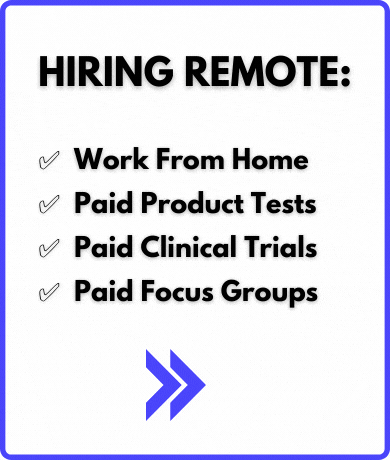If you ask a remote worker why they love working from home, you tend to get the same couple of answers. The most popular answer tends to be about how much time they save not having a commute. Another typical answer is how much they enjoy working in their pajamas. But one answer that doesn’t come up often enough is just how much money is saved by working from home. It’s why so many workers are clamoring to find remote job opportunities.
What the World Learned About Remote Work
Amid all the hardships the pandemic caused, if there is any bright spot, it’s probably that companies learned that many positions could be handled just as efficiently working remotely as they are in-house.
In general, there are many benefits to remote work for both employees and companies.
For companies, not requiring as many in-house workers means they can operate with smaller facilities, potentially saving them thousands of dollars per month in operating costs.
For employees, the savings from not having to commute alone can be substantial. Some workers can also save a small fortune on the cost of childcare. Then there is the cost of snacks, meals, beverages, and more.

The Shocking Amount In-Office Workers Spend Daily
The latest results from the annual State of Work report from videoconferencing company Owl Labs looked at the average cost an in-office worker spends each day. And the amount will shock you!
The costs look at what workers spend on commuting, parking, breakfast, coffee, and lunch.
The survey found the average in-house worker spends $51 per day to work in person at the location of employment. Workers with pets, spend another $20 daily for pet care, which brings their average cost of working in person to $71 per day, according to Fortune.
Daily Cost of Working In-Person on Average
The breakdown is as follows:
- Commuting costs — $14
- Parking — $8
- Breakfast/coffee — $13
- Lunch — $16
- Pet care — $20
Of course, the $51 per day ($71 with pet care) is an average. Some people spend much more on commuting costs depending on their distance and the price of gasoline, as well as other costs. Someone who buys multiple beverages and snacks per day will spend even more.
Employees Fight to Retain Remote Status
After the pandemic, people who had been working remotely — and were acutely aware of how much money they were saving by not working in-house — fought to maintain their remote worker status.
Some employees resisted going back into the office, either quitting or seeking new jobs where they could work remotely.
A survey found that 94% of workers would be willing to come back to the office if their companies would cover their cost of commuting, as well as subsidize the costs of some of their coffee, snacks, and meals.
Shift Toward More Remote and Hybrid positions in the future
Some companies, recognizing the perspective their employees were coming from with remote work, met them in the middle with a hybrid work solution that split remote and in-house hours.
A study by Stanford University also compared and attempted to forecast what the workplace will look like going forward, comparing the remote, hybrid, and in-person landscape for full-time employees. The study found that in 2018, nearly 92% of full-time employees worked in-house. The study expects that number to change to only 72.6% of full-time employees working in-house, with the remainder either fully remote or hybrid.






